It’s almost crazy to think that it’s been over 2 full years since a Galaxy Note was readily available to consumers. You know, if you don’t count the extremely brief launch of the Note 7 thanks to a worldwide recall after reports of units catching fire began to surface. Needless to say, Samsung has a lot riding on this year’s follow-up, the Samsung Galaxy Note 8.
Much more than just a “Galaxy S with a stylus,” the Note line has long represented the very best Samsung could build, the crown jewel in their yearly smartphone lineup. Like a Lincoln Navigator, the oversized Note practically screams excess and is so packed to the brim with features, you’ll have a hard time finding them all.
This kitchen sink approach is something we’ve seen from Samsung for years now, but it’s never been pushed so far to the extreme like it has on the Note 8. The sum of its parts, the Note 8 comes equipped with every modern day convenience you can hope to find in a smartphone in 2017. Huge display, big battery, wireless charging, water resistance, dual cameras, and of course, the S Pen — it’s a winning combination and most manufacturers simply can’t compete with that robust feature set.
While some are already crowning it the new king of Android by default, I haven’t been swayed quite as easily. I’ve spent the better part of a few weeks with the Galaxy Note 8 as my daily driver and feel comfortable enough with the pros and cons to finally share my thoughts. This is my Samsung Galaxy Note 8 Review.
Start here: 15 first things to do with the Galaxy Note 8 | 80+ Galaxy Note 8 Tips & Tricks
Design & Hardware
There really aren’t any surprises here with the Galaxy Note 8. At this point, it’s pretty much business as usual for Samsung with the Note 8 almost perfectly mirroring the build quality and design of this year’s Galaxy S8 and S8+. That’s in no way a bad thing. Samsung’s come a long way since the cheap plastic build of the original Galaxy Note, with the Note 8 being the pinnacle of their hardware prowess. There are no corners being cut here. Literally.
The phone has a much more square look to it than the Galaxy S8+. So much the corners poke out a bit more when it’s in your pocket. Just like S8s, there’s not a single rough edge or diamond cut chamfer to be found. The Note 8 is modern, elegant, and sturdy, with a nice weight to it that feels expensive. With the price of the phone reaching upwards of $1,000 — it damn well better.
To say the Note 8 feels oversized would be an understatement. The Note 8 is big. Stupid big. It’s only a few mm larger than the Galaxy S8+, but that 3mm makes a big difference. The Note 8’s 18.5:9 aspect ratio means it’s more top heavy, forcing you to relearn how you hold a smartphone. Even bigger devices like the Pixel XL now feel small in comparison, somewhat of an interesting side-effect. It’s not impossible to adapt and it’s a lot like 4.3-inch smartphones back in the day that people initially felt were “too big” for normal use. It just takes some getting used to, that’s all — but it’s certainly doable.
The toughest time I had was merely fitting the phone into my pockets. The Note 8 frequently fell out of my jeans, shorts, sweatpants, etc., thanks to it being taller than most other devices and a bit heavier toward the top. A small nuisance, but you’ll definitely want to pick up a case for it and maybe even something with a little grip. My personal favorite case is the thin Spigen Thin Fit case which has a rubbery, soft-touch finish. Link provided below.
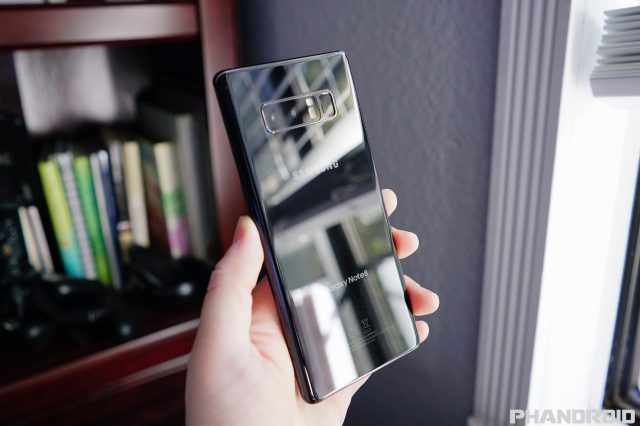
On the back of the phone, the rear-mounted fingerprint sensor is still a pain in the butt. I do seem to get less false reads than I did with the S8/S8+ but I’m not sure if that’s necessarily because of better hardware. I’m guessing this has to do with the slightly raised camera/fingerprint housing, making it much easier to target the sensor by touch and not overshoot over to the camera lens. It’s much more prominent and I prefer this design over the S8’s. At first, the position was ridiculously high to reach, but again — you learn to adapt your grip.
At the bottom, you’ll the find the S Pen. Clicking it releases the pen which is light, mostly plastic in build. It’s a bit slippery which doesn’t help considering it’s also pretty thin but Samsung’s improved the tip by making it finer. There are a variety of other tips that also come in the box, some that produce more drag when writing. The pen itself is pretty basic, although it features a button on the side you can press to execute secondary functions. Oh, and it’s also impossible to insert the S Pen backwards into the device, so Samsung has successfully squashed that issue.
Underneath the hood, the Galaxy Note 8 is an absolute tank. You’ll find just about every hardware feature you could possibly want in a smartphone today. Oh, and the vibration motor is top-freaking-notch. Easily some of the best haptic feedback you’ll find this side of the iPhone, so that’s a plus. If spec sheets are more your thing, here’s everything in an easy to digest list:
Samsung Galaxy Note 8 specs
- Screen: 6.3-inch screen (1440 x 2960 resolution, 18.5:9 aspect ratio)
- Processor: Qualcomm Snapdragon 835 in US (Exynos 8895 for International)
- Storage: 64GB internal storage with microSD slot
- Memory: 6GB of RAM
- Camera: Dual 12MP sensors with OIS, one wide angle one telephoto
- Battery: 3,300mAh rechargeable by USB-C connection
- Extras: S Pen, Iris Scanner, Wireless charging, IP68 water resistance, headphone jack
- Colors: Midnight Black, Maple Gold, Orchid Grey, Deep Blue Sea
As briefly mentioned in the spec sheet, the Galaxy Note 8 also features IP68 water/dust resistance. Even with a slot for the S Pen and headphone jack, Samsung still managed to top the iPhone 8’s IP67 rating. Bravo, Samsung.
If there was one complaint to be had with the Note 8 — aside from the slow as molasses fingerprint reader — it’s the speaker. It doesn’t sound too great, mostly thanks to the high IP rating. Given the phone’s overall larger size, it would have been nice if Samsung went the iPhone route and used both the bottom firing and earpiece to simulate stereo sound. There’s certainly enough room. I just can’t help but feel like it’s a huge missed opportunity for those who enjoy watching media on their phone sans headphones.
Display
Of course, the real star of the show when it comes to the Galaxy Note 8 is that big, beautiful 18.5:9 WQHD+ display. Samsung calls it their Infinity Display and like the Galaxy S8, it’s defined by its pin-sharp clarity, wonderfully small bezels, and uniquely curved edges. Now, I could rant about the curved aspect of the display like I did in my S8 review, but the Note 8’s is nowhere near as annoying. Here’s why.
Most of the surface of the display is flat and doesn’t start curving until the very edges of the display (the S8 was much more gradual). This gives the Note 8 somewhat of a sharper curve and keeps the glare down to a minimum along the edges. It’s so much easier to view content on the Note 8 than the S8+, although I’m not sure if this was an intentional design decision or merely an accident. Doesn’t matter. It’s great either way.
Speaking of those curved edges, when viewing in the dark on the black model, light appears to creep out of the sides where the glass meets the metal frame. This isn’t so much a gap in the display, but has more to do with light refraction. It’s been an issue on Samsung’s previous curved devices and just one of their quirks, although I do feel like there’s something that could be done to hide it better.
Other than that, the Note 8’s display is a joy to use. The auto-brightness is by the best I’ve ever seen on an Android device, there’s support for HDR video, and features like the Always On Display, always present home button are nice touches. The fact that Samsung also gives you multiple “screen modes” in the display settings to fine tune the color saturation and even the tint means you can perfectly customize it to your liking is a huge plus. You don’t see this often from manufacturers and it’s a level of customization we’ve come to expect from Samsung.
It’s worth noting that burn-in can rear its ugly head over time, but is pretty easy to avoid by taking a few precautions. Check out our tips on preventing and reversing the effects of burn-in on your display.
Camera
For many, a smartphone’s camera is the most important feature when looking to pick up a new device. Luckily we’ve reached a point where most devices these days (even the mid-range) are perfectly capable of taking decent photos in well-lit conditions, so it’s hard to go wrong. At this point, we really just want to see what else a phone can do outside of snapping a good photo. It’s here where the Galaxy Note 8 shines. A social media junkie’s dream come true, the Note 8’s bag of tricks is enough to appease both the casual snapshooter and the diehard photo enthusiast.
On the front of the Galaxy Note 8, we have a 8MP 1.22µm f/1.7 camera — with auto focus — for snapping selfies and it does a pretty good job at it. Images can look a tad bit soft but that’s probably for the best since nobody likes capturing every detail of their facial flaws. Low light is unsurprisingly bad, even with the large aperture lens. Interestingly enough, the Note 8 includes a variety of fun masks when shooting in selfie mode, much like the effects you find on Snapchat and Instagram because millennials.
It’s the rear cameras that set the Galaxy Note 8 apart from the rest, with the back featuring a primary 12MP 1.4µm f/1.7 wide angle lens. It’s not super wide angle like the LG G6’s secondary camera, just what you’ll typically find on most other devices. This primary shooter has dual pixels for super quick autofocus and it’s basically the same camera as found on the Galaxy S8. The real difference is the Galaxy Note 8 adds a second camera for fun camera tricks…
More Galaxy Note 8 sample photos here
The secondary camera is also 12MP shooter but has 2X optical zoom. The other specs aren’t quite as good as the primary camera, with only a 1.0µm pixel sensor and f/2.4 aperture lens. While the secondary camera helps you get much closer to your subject, it’s not best suited for low light. In normal lighting situations, however, I was pleasantly surprised at how well most of my photos came out (much better than the telephoto lens on the OnePlus 5).
The secondary camera serves its purpose as intended, allowing you to pull out more detail than if you simply cropped a regular wide angle shot. Aside from slower autofocus (thanks to a lack of dual pixels), it’s mission accomplished for the most part. See for yourself in the photos below.
Primary vs secondary 2X telephoto lens
One of the things I love about the rear cameras is that they both feature OIS to help minimize hand movements when snapping photos. OIS still isn’t something you’ll find in every high-end Android phone these days — especially those that have a secondary camera — but it’s something that’s damn near mandatory for a telephoto lens which greatly exaggerates small hand movements.
Like the iPhone (and so many other phones these days) the Note 8 also leverages the two camera setup to produce an artificial shallow depth of field effect. It’s mostly suited for portrait shots with actual people in them, but works fine for objects as well. Samsung takes things a step further on the Note 8 by adding the ability to snap both a regular wide angle and a 2X zoomed photo at the same time while in portrait mode.
You can even go back into the photo afterward and manually adjust the depth of field effect (blurred background intensity). It’s definitely much more versatile than on other devices, but I’m not a huge fan of the artificial DOF feature on any phone really. When it works, cool but it’s far from consistent and can actually ruin a shot if the edges aren’t smoothed perfectly. At least the Note 8 gives you a normal wide angle shot to still work with, so good on them.
It’s also worth noting that you’re going to need a lot of light due to the much lesser spec’d telephoto lens, so indoor shots are mostly out of the question unless you’re okay with a severe drop in image quality.
Camera Features
When it comes to other camera features, the Note 8 is chock full of them. Some you might even enjoy using. Just like on the Galaxy S8, you’ll find a handful of various camera shooting modes and even more, you can download from Samsung’s Galaxy Apps store. Few are actually worthwhile, but it’s always nice to have the option.
Some like Motion Photos are actually pretty damn useful when enabled, while millennials are sure to love all the crazy beauty mode features for snapping selfies. For those who are more serious about photography, the ability to shoot in RAW and the manual settings in Pro mode are also sure to please. There’s a little something here for everyone and if camera features are important to you, there are few doing more than Samsung right now.
Video on the Galaxy Note 8 is especially good, better than most Android devices these days. You’ll find picture enhancing features like HDR (rich tone), tracking autofocus, along with incredibly stable video thanks to a combination of optical and electronic image stabilization. Some of these features don’t work when shooting anything above 1080p/30fps and video stabilization can look a little weird when panning around too much, almost like you’re underwater. It’s a bit nauseating and not quite as nice as stabilization on the iPhone 7 and 8.
Overall the Note 8 camera is quick and fun to use. Photos shot in daylight are almost always well exposed, vibrant and have fantastic dynamic range. It’s only when you turn down the lights that things take a turn for the worse. Overly aggressive noise filtering, drab colors, and soft details — low light performance definitely isn’t great, but still a tad better than most smartphones these days (with the exception of the Pixel and Pixel 2 thanks to Google’s HDR+ technology).
Even then, the Note 8 camera is so consistent, you almost always know how your photos are going to come out and that’s a lot more than you can say about other Android shooters.
Software
Samsung’s philosophy when it comes to software has always been more of a kitchen sink approach. They essentially cram as many software features into their phones in hopes that someone will find one or two of them useful. The Galaxy Note 8 — with its handy S Pen features — is easily Samsung’s worst offender.
There are so many software features, it’s nearly impossible to list them all (although we did a damn good job of covering most of them in our 80+ Galaxy Note 8 Tips & Tricks). Not only do you have all the software features from the Galaxy S8 that have carried on over, but the Note 8 adds exclusive S Pen and secondary camera features as well. It’s bloatware city, but that’s not necessarily a bad thing.
Some features I’ve grown so accustomed to — like the Always On Display, Samsung Pass, Theme Store, Motion Photos, volume keys for media, and Secure Folder — it’s really hard to live without them. But for every great feature, half-baked ones like Bixby or buggy features like Live Focus (portrait mode) mar the overall experience. Don’t even get me started on how difficult it is to export Motion Photos as a video, something previous versions of Samsung’s software made easy.
Read more: How to save a Motion Photo as a video file
But one man’s trash is another man’s treasure and while I found the software experience to be overly bloated, convoluted, and downright unnecessary at times, there are those out there who will likely appreciate a feature or two that I didn’t. For them, the software experience on the Note 8 could be worthwhile, even if they’re not using 99.9% of the features found on the device. There is one aspect of Samsung’s software everyone can agree is terrible: their god-awful emoji.
One thing I always have to consider whenever I decide to message someone on a Samsung device is whether I want to risk using their custom emoji. Rather than using the stock Android emoji you’ll find on most other devices, Samsung is one of a few Android manufacturers still using their own bastardized versions. I can’t be more clear on this: they’re the absolute worst.
You may think I’m being overly dramatic, but emoji can be crucial to conveying the proper tone inside of a message. Using the wrong emoji can result in a message being taken out of content and seriously ruin someone’s day. Perhaps people aren’t making enough noise about this but Samsung absolutely needs to address this. In the US, emoji have become ingrained in our culture, a universal language of sorts. By muddling that up, Samsung is playing god and it’s borderline user-hostile. Fix this.
Of course, one of the main attractions of the Galaxy Note 8 is the S Pen. It’s been slightly revised for 2017 with a finer tip for more precision when drawing (because we all love to doodle on our devices, right?) or writing. It’s hard to review the S Pen objectively because no matter how hard I try, I just can’t ever bring myself to want to use it. Believe me, I’ve tried and even forced myself for the sake of this review.
I just feel like the S Pen — at least for me — doesn’t add any real value to the phone, although I know there are users out there who really enjoy it. It’s anecdotal, but I’ve actually seen Note 8s in the wild and people jotting down messages or notes on them. Some folks just prefer to hand write things and the Note 8 is really the only phone to give them that ability and do it so well.
It’s been refined over the years, with the ability to immediately jot down notes on the display — whether it’s on or off — and new features like Live Messages is pretty fun. Live Messages just lets you send a GIF animation of you writing out a message or doodling over a photo. It works well enough, but it’s one of those use it once and forget about it kinda things but I’m sure the kids will go crazy for it.
No matter how you feel about Samsung’s software experience, you really have to hand it to them — more of Samsung’s unique software ideas have been adopted into Android proper than any other OEM out there. Samsung is so far ahead of the game in terms of raw software features that it will take years for Apple (or even Google) to catch up. Now if they would buckle down on improving performance and fluidity of the UI — not the next gimmick to throw against the wall — they’d be untouchable.
Read more: 80+ Galaxy Note 8 Tips & Tricks
Battery & Performance
Battery life is always a huge concern for anyone looking to upgrade to a new smartphone. It’s never as simple as looking at the raw mAh of Android device to tell how long it’ll last. Some phones perform great, others not so much. The Galaxy Note 8 falls somewhere in between.
The Galaxy Note 8 comes equipped with a 3,300mAh battery. It’s a tad bit smaller than the 3,500mAh battery found on the Galaxy S8+. Somewhat of a puzzling move considering this could negatively impact battery life, however small. Seems Samsung could be looking to avoid last year’s issues with the Galaxy Note 7’s battery not having enough room inside its shell (and thus, erupting into flames). Always best to err on the side of caution, I suppose.
Before we get into battery life results, it’s always worth getting a little disclaimer out of the way. Everyone should know by now that battery life is and never will be the same for any two people. Even when dealing with the exact same devices, there are simply too many variables at play (apps installed, cellular signal, or services running in the background, etc.) That being said, I know how the phones I use compare to other similarly spec’d devices.
When it comes to the Galaxy Note 8, it’s pretty much on par with what I was seeing from the Galaxy S8+. I was consistently hitting 4 hours of screen-on-time but rarely more than that. For most folks, this roughly translates to “all-day” battery life, seeing as how the phone should have a tiny bit of juice before going to bed at night.
Standby battery life was great, although the Always On Display definitely impacts this. It’s nothing too terribly dramatic (about 1%-2% every hour or so) but you may want to consider turning it off if you aren’t getting much use out of it — especially if you’re not plugging in overnight. The good news is AOD doesn’t activate when inside your purse or pocket, only when out and laying out in the open like on a desk or nightstand.
Read more: Galaxy Note 8 Battery Life Review
My real issue the Galaxy Note 8 was with the phone’s outdated fast charging tech. I know what you’re saying, this was probably by design to avoid the battery exploding like on the Note 7, but that simply isn’t true. Both the Galaxy S8 and S8+ are also still using Samsung’s Adaptive Fast Charging technology. It’s pretty much the equivalent of Qualcomm Quick Charge 2.0, which we saw introduced on the Galaxy S6 only with a few extra limitations.
For one, the Galaxy Note 8 doesn’t actually “Fast Charge” while you’re using the phone, only while the screen is off (despite a notification telling you otherwise). It’s a pretty big caveat, one Samsung never mentions and you won’t find on any other device using a competing technology. So if you’re in a hurry and you want to charge up the Note 8 in as little time as possible — don’t use the phone.
Read more: Galaxy Note 8 Battery: 0 to 100% in 6,420 Seconds
Like the S8 and S8+ before it, the Galaxy Note 8 still features wireless fast charging. It’s really nice to see Samsung sticking with the technology all of these years and while it’s not necessarily something I use every single day, it’s nice to know it’s there.
The best part about Samsung’s wireless charging is that it’s faster than standard wireless charging (you’ll need to find a fast wireless charging base though) and it works with both WPC and PMA, taking all of the guesswork out of compatibility. With news that Apple has added wireless in the iPhone 8/X, we could see a resurgence of the technology as it goes mainstream inside of restaurants, automobiles, and the like.
Performance
Performance on Galaxy devices has always been a sort of mixed bag and Samsung’s poorly optimized software is to blame. The Galaxy Note 8 is using the same Qualcomm Snapdragon 835 processor as the Galaxy S8 and S8+ (as well as UFS 2.1), so while there’s plenty of power underneath the hood, there’s still a fair amount of UI stutters, hangs, and general jank. It’s just not a smooth and consistent experience, not like you’d get from something like even last year’s Google Pixel.
The Note 8 takes forever to wake up, there’s a delay when using Android’s quick app switching (double tapping the recents button), and even pulling an app out of RAM can have a slight delay to it depending on how long it’s been there. When you add it all up, it’s something that just mars the performance of the device, and something you won’t find on a device like the OnePlus 5, the reigning king of Android performance by a long shot.
The Galaxy Note 8 does have the added benefit of 6GB of RAM, however, and it really makes a difference in performance. One of my main complaints with the Galaxy S8 was how quickly it closed out apps. I figured it was just Samsung’s overly aggressive RAM management but it seems Galaxy devices have so many features running, they just need a little more RAM than your regular ‘ol Android device. I’m okay with that.
On the Note 8, the 6GB of RAM really helped with the performance. Apps remain open in the background much longer than they ever did on the Galaxy S8, meaning there was less downtime waiting for apps to completely reload when you returned to them. I personally feel like RAM is slightly more important than having the highest end processor and Samsung’s Galaxy devices have really cemented that for me.
For me, 6GB is my new baseline when it comes to Samsung’s Galaxy line and it will be hard for to consider anything less. It’s hard to give Samsung props for going with 6GB on the Note 8, but they certainly squashed what was a negative about using the Galaxy S8 and S8+. Good job, I guess?
The Verdict
In a world where just about every Android OEM is busy trying to create iPhone knock-offs, Samsung has really come into their own. They’ve perfected the art of creating premium flagship devices with robust features and fun tricks. At this point, it’s just about refinement and continuing to improve the user experience, not reinventing the wheel.
The Galaxy Note 8 is Samsung’s crown jewel, packing just about every notable advancement we’ve seen in mobile devices over the past few years. Just like the Galaxy S8 and S8+, the Note 8 crams almost every convenience into a single, cohesive, all-inclusive package. It’s a jack of all trade and master of one: that big, beautiful Infinity Display.
It may not be the fastest Android device (OnePlus 5), it doesn’t offer the longest battery life (Mate 10), the camera is great but certainly not the best (Pixel 2) and it sure as hell isn’t the most affordable, value-focused smartphone around. But the Galaxy Note 8 is the sum of all its parts and for those that demand the very best smartphone for their money — it’s impossible to ignore.
Samsung Galaxy Note 8 Rating: star_fullstar_fullstar_fullstar_fullstar_75 (4.9 / 5)
The Good
- Beautiful design and solid build quality
- Small bezels
- Speedy Iris/Face scanning
- 64GB of storage and microSD card slot
- Always On Display
- Samsung Pay
- IP68 water/dust resistance
- S Pen
- Headphone jack
- Wireless charging
- 6GB of RAM
The Bad
- Software experience is convoluted and buggy
- Performance stutters/inconsistent
- Fingerprint sensor placement and performance (slow, inaccurate)
- Old fast charging tech doesn’t charge while screen is on
- Bixby is lame and you still can’t remap the hardware button
- Overly large and heavy
The Bottom Line
Like the Galaxy S8 and S8+, the Samsung Galaxy Note 8 is the Swiss Army knife of Android phones, but it’s not quite perfect. Fingerprint sensor is still awful, the phone is oversized, software is clunky, but no smartphone is perfect.
The Note 8 quells some performance issues I had with the Galaxy S8, while adding useful features like 2X optical zoom on the camera and yes, even the S Pen is kinda neat. You’ll be hard pressed to find another smartphone that can do more. If that’s what you’re after, the Galaxy Note 8 is definitely the smartphone for you.

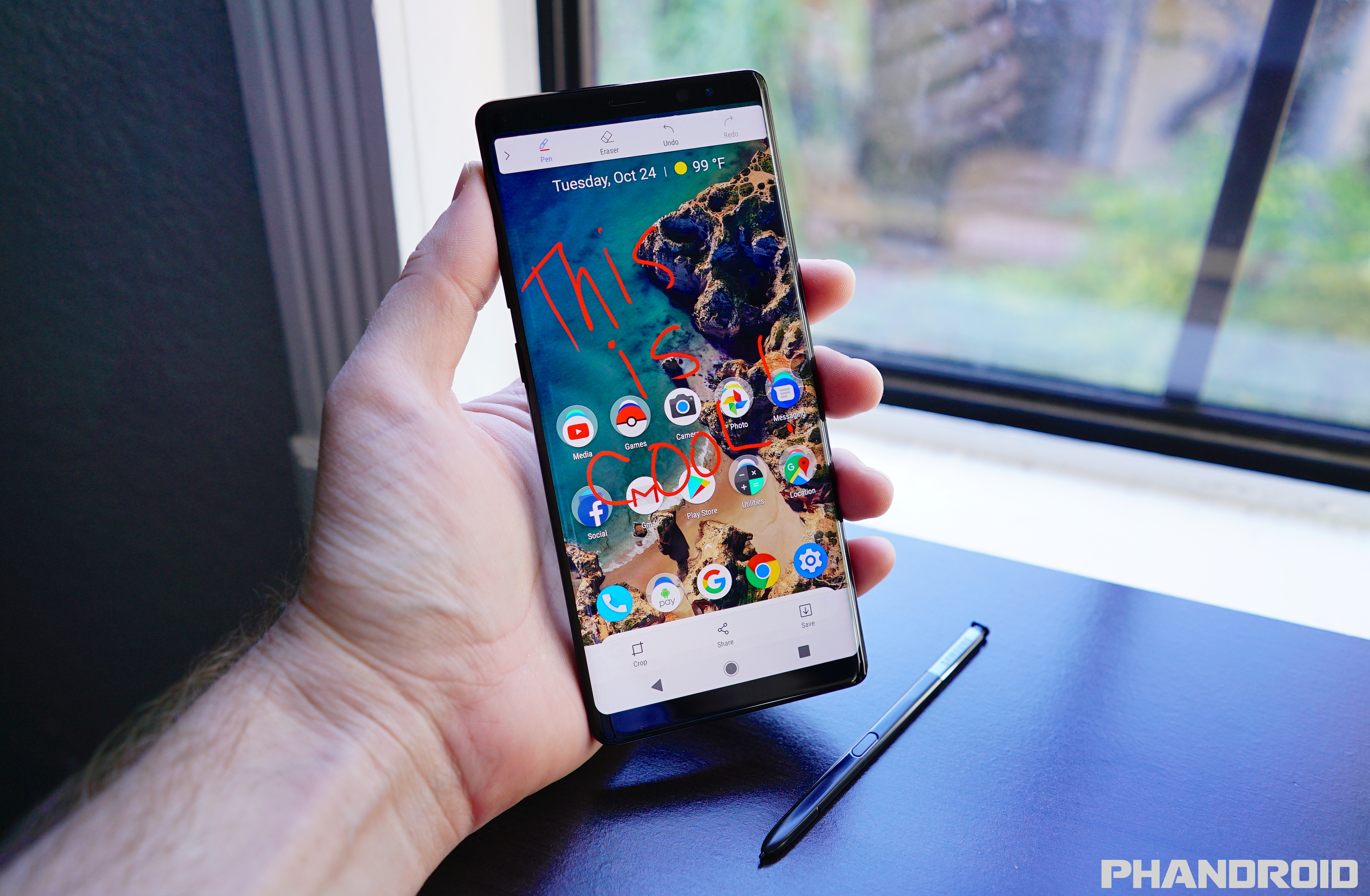



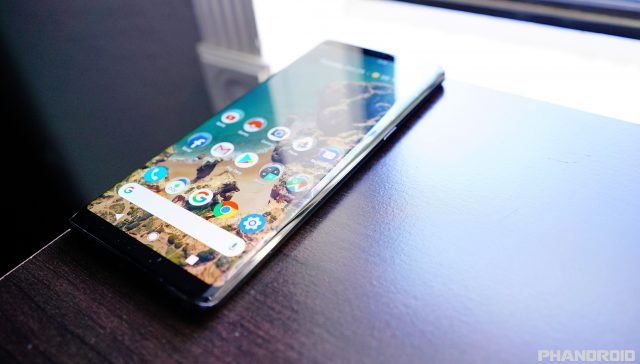

















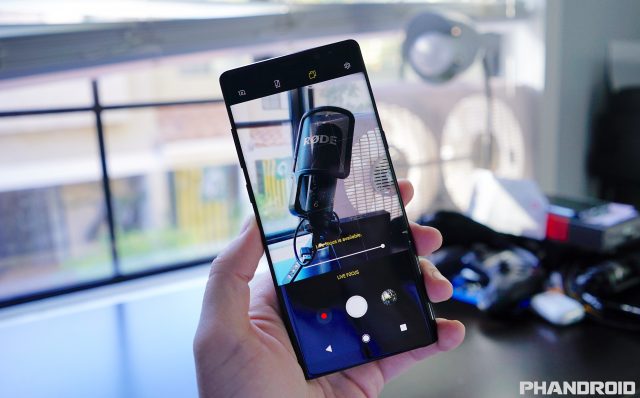
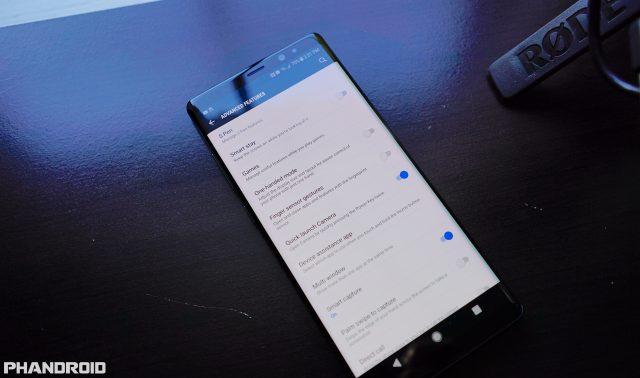


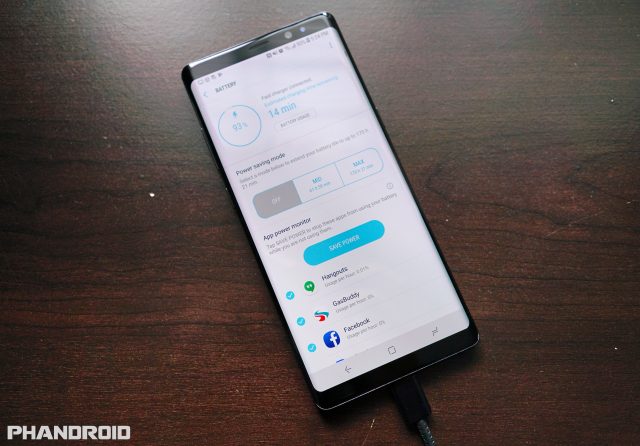
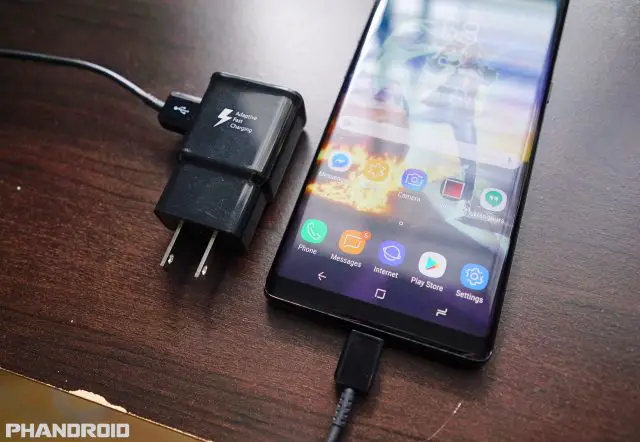
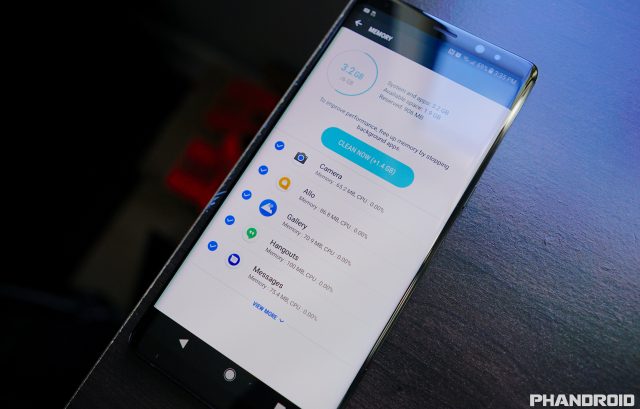
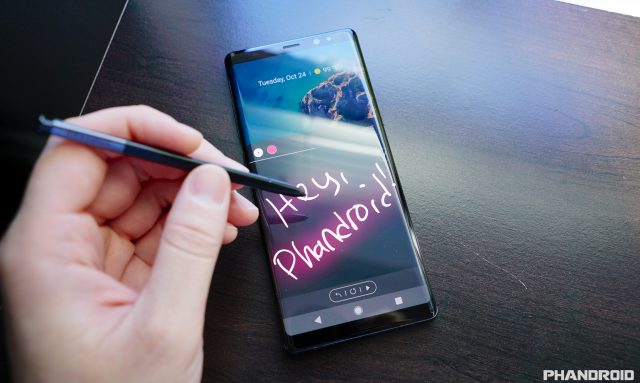

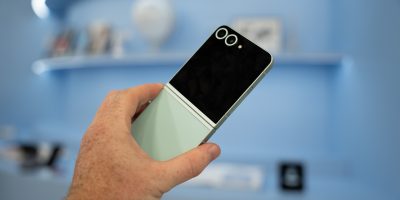

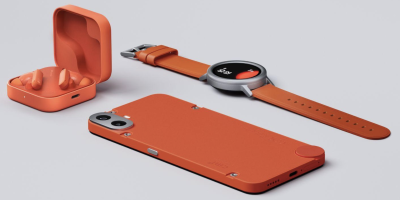
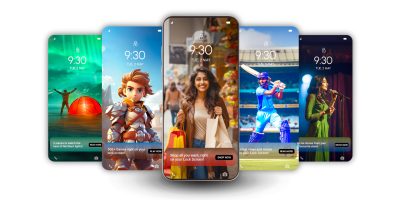





Comments